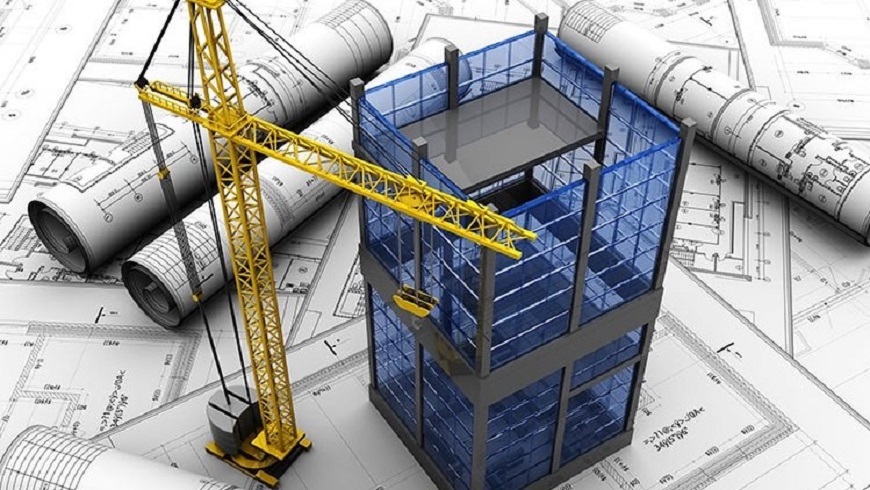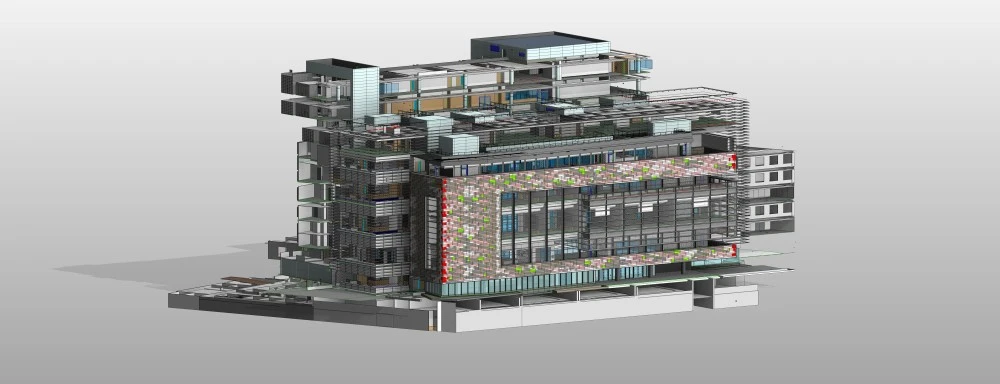Overview


Detailed Processes:
- 3D Modeling:
○ Digital Representation: Creating detailed 3D models of buildings and infrastructure.
○ Coordination: Ensuring that different disciplines (architecture, engineering, construction) are integrated within the model.
- Data Management:
○ Information Storage: Storing detailed information about materials, components, and systems within the BIM model.
○ Accessibility: Making data accessible to all stakeholders for better decision-making.
- Simulation and Analysis:
○ Performance Analysis: Simulating various scenarios to analyze the performance of the design.
○ Clash Detection: Identifying and resolving conflicts between different systems before construction begins.
- Project Management:
○ Scheduling: Using BIM to create detailed project schedules and timelines.
○ Cost Estimation: Estimating costs based on the detailed information within the model.
- Lifecycle Management:
○ Maintenance Planning: Using BIM data to plan maintenance activities throughout the building’s lifecycle.
○ Facility Management: Managing facilities efficiently using the detailed information within the BIM model.
F. A. Q
Common Questions
Turpis nostra ipsum nisl consectetur quam ut elit suscipit elementum cubilia.
Popular software includes Autodesk Revit, ArchiCAD, and Bentley Systems.

